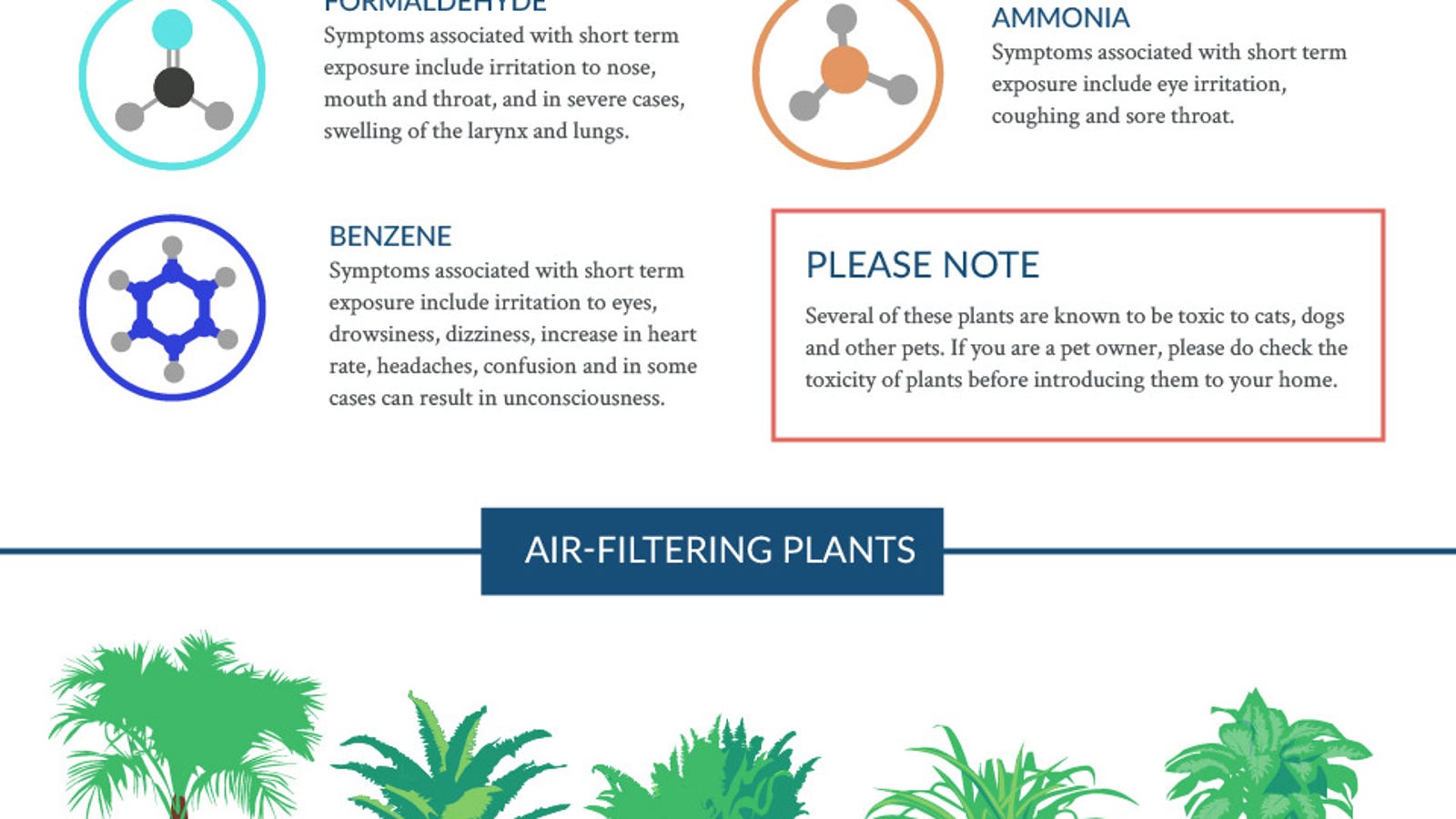The Ultimate Guide To Understanding Warm Pumps - Exactly How Do They Function?
The Ultimate Guide To Understanding Warm Pumps - Exactly How Do They Function?
Blog Article
Staff Author-Forrest Singer
The best heatpump can conserve you significant amounts of cash on power expenses. They can additionally help in reducing greenhouse gas discharges, specifically if you utilize electricity in place of nonrenewable fuel sources like gas and home heating oil or electric-resistance heating systems.
Heatpump work very much the same as air conditioning system do. This makes them a feasible alternative to typical electric home heater.
Exactly how They Work
Heat pumps cool down homes in the summer and, with a little aid from electrical energy or gas, they supply a few of your home's home heating in the winter. They're a good alternative for people who wish to lower their use of nonrenewable fuel sources however aren't ready to change their existing heater and a/c system.
They rely on the physical reality that even in air that seems as well chilly, there's still energy existing: warm air is constantly moving, and it wants to relocate into cooler, lower-pressure atmospheres like your home.
Many ENERGY STAR licensed heatpump run at near to their heating or cooling capacity throughout the majority of the year, reducing on/off biking and saving power. For the best efficiency, concentrate on systems with a high SEER and HSPF ranking.
The Compressor
The heart of the heatpump is the compressor, which is additionally known as an air compressor. This mechanical moving gadget uses prospective energy from power development to enhance the stress of a gas by reducing its quantity. It is different from a pump because it just services gases and can not collaborate with liquids, as pumps do.
best home ventilation system enters the compressor with an inlet shutoff. It travels around vane-mounted arms with self-adjusting size that separate the interior of the compressor, producing several cavities of differing dimension. The rotor's spin forces these cavities to move in and out of stage with each other, compressing the air.
The compressor pulls in the low-temperature, high-pressure cooling agent vapor from the evaporator and presses it right into the warm, pressurized state of a gas. This procedure is duplicated as needed to provide home heating or air conditioning as called for. The compressor likewise has a desuperheater coil that reuses the waste warm and includes superheat to the refrigerant, transforming it from its fluid to vapor state.
The Evaporator
The evaporator in heat pumps does the very same thing as it does in refrigerators and air conditioners, altering fluid refrigerant into an aeriform vapor that eliminates warmth from the area. Heatpump systems would not work without this important tool.
This part of the system lies inside your home or building in an indoor air trainer, which can be either a ducted or ductless unit. It has an evaporator coil and the compressor that compresses the low-pressure vapor from the evaporator to high pressure gas.
Heatpump take in ambient warm from the air, and after that make use of electrical energy to move that warmth to a home or organization in heating setting. That makes them a whole lot more power effective than electrical heaters or heating systems, and because they're making use of tidy electrical power from the grid (and not shedding fuel), they likewise produce far less discharges. please click the following website 's why heat pumps are such excellent ecological options. (In addition to a massive reason they're becoming so prominent.).
The Thermostat.
heat pumps christchurch are fantastic options for homes in chilly climates, and you can use them in combination with standard duct-based systems and even go ductless. They're a great alternate to nonrenewable fuel source furnace or typical electrical furnaces, and they're a lot more sustainable than oil, gas or nuclear HVAC tools.
Your thermostat is one of the most essential component of your heat pump system, and it functions extremely differently than a standard thermostat. All mechanical thermostats (all non-electronic ones) job by utilizing compounds that transform dimension with raising temperature, like curled bimetallic strips or the increasing wax in an auto radiator valve.
These strips consist of two various types of metal, and they're bolted together to develop a bridge that completes an electric circuit linked to your cooling and heating system. As the strip gets warmer, one side of the bridge expands faster than the other, which creates it to bend and indicate that the heating unit is required. When the heatpump remains in heating setting, the reversing shutoff turns around the flow of refrigerant, to ensure that the outdoors coil now works as an evaporator and the indoor cyndrical tube becomes a condenser.